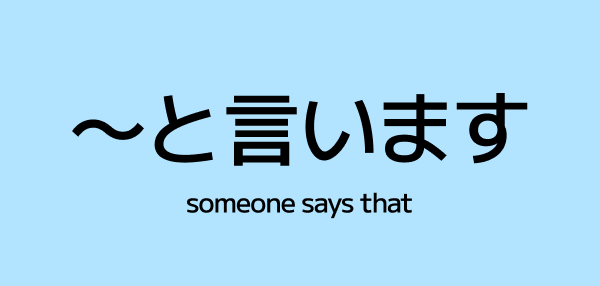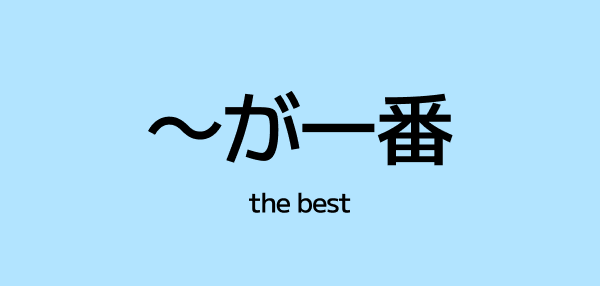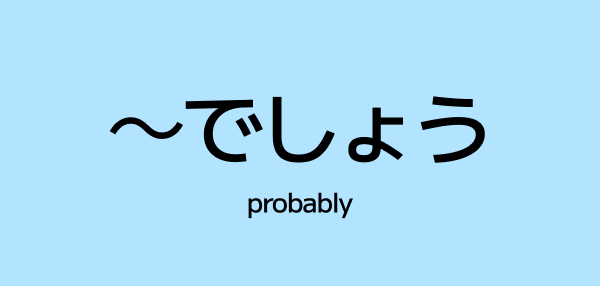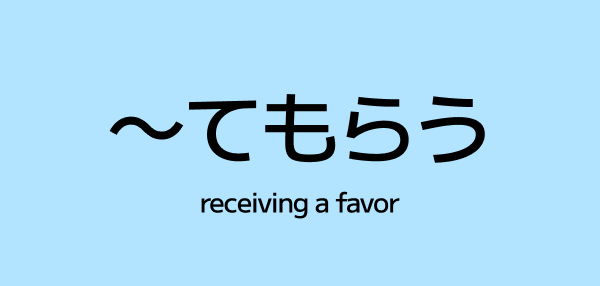~てみる (te miru) – Try Doing Something in Japanese
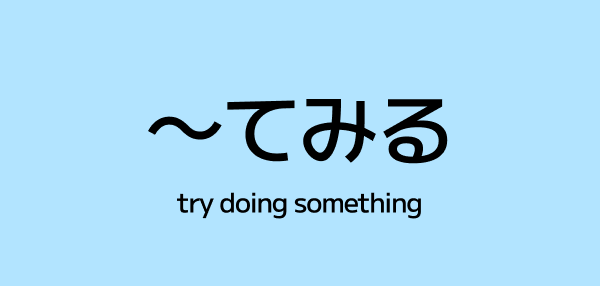
Ever wanted to say "Let me try eating natto" or "I tried studying Japanese"? When you want to express trying something out or giving something a shot, Japanese uses ~てみる.
This pattern is incredibly useful for talking about new experiences, experiments, or testing things out. It's casual, natural, and you'll hear it constantly in everyday conversation. Let's explore how it works!
What Does ~てみる Mean?
~てみる means "to try doing [something]" or "to give [something] a try."
It combines:
- The ~て form of a verb +
- The verb みる ("to see/look")
Literally, it means "do something and see (what happens)" — you're trying an action to experience or test the result.
This pattern emphasizes:
- Experimentation or curiosity
- Attempting something for the first time or as a test
- Willingness to experience something new
It's different from "try hard to succeed" (頑張る / がんばる).~てみる is about trying something out, not necessarily struggling to accomplish it!
How to Use ~てみる
The structure is straightforward:
Verb (て-form) + みる
To make it polite, use みます instead of みる.
Here's how to form the て-form for different verb types:
Godan Verbs (う-verbs):
- たべる (eat) → たべて → たべてみる
- いく (go) → いって → いってみる
- のむ (drink) → のんで → のんでみる
- よむ (read) → よんで → よんでみる
Ichidan Verbs (る-verbs):
- みる (look) → みて → みてみる (yes, this becomes みてみる!)
- きる (wear) → きて → きてみる
- たべる (eat) → たべて → たべてみる
Irregular Verbs:
- する (do) → して → してみる
- くる (come) → きて → きてみる
Example Sentences
🍱 納豆を食べてみました。 I tried eating natto.
📱 新しいアプリを使ってみます。 I'll try using a new app.
🎸 ギターを弾いてみたいです。 I want to try playing guitar.
🗣️ 日本語で話してみました。 I tried speaking in Japanese.
👘 浴衣を着てみました。 I tried wearing a yukata.
🍜 このラーメン屋に行ってみよう。 Let's try going to this ramen shop.
📚 この本を読んでみてください。 Please try reading this book.
~てみる for Suggestions: "Why Don't You Try...?"
One of the most common uses of ~てみる is making gentle suggestions:
- ~てみたらどうですか? → How about trying...? / Why don't you try...?
- ~てみてください。 → Please try... (polite request)
- ~てみたら? → Why don't you try...? (casual)
Examples:
- ☕ このカフェに行ってみたらどうですか? How about trying this cafe?
- 🏥 医者に聞いてみたら? Why don't you try asking a doctor?
- 📖 漢字を書いてみてください。 Please try writing the kanji.
- 🎮 このゲームをやってみて! Try playing this game! (casual)
This pattern is softer and more encouraging than direct commands — you're suggesting someone experience something rather than ordering them to do it.
Expressing "Let Me Try" or "I'll Give It a Try"
When you want to volunteer to try something yourself:
- やってみます。 → I'll try (doing it). / Let me give it a try.
- 食べてみます。 → I'll try eating (it).
- 考えてみます。 → I'll try thinking (about it). / Let me think about it.
This is very common in situations where:
- Someone offers you unfamiliar food
- You're asked if you can do something
- You want to attempt something new
Here's an example:
👤 これ、辛いけど食べられる? This is spicy, but can you eat it?
👤 食べてみます! I'll try eating it!
And yet another:
👤 この問題、難しい よ。 This problem is difficult.
👤 やってみます。 I'll give it a try.
~てみる vs. ~ようとする: Different Types of "Try"
Be careful not to confuse ~てみる with ~ようとする:
~てみる:
- Try something out / give it a shot
- Experiment or test
- Example: ケーキを作ってみる (try making a cake) ← experimenting
~ようとする:
- Try/attempt to do something (with effort)
- Make an attempt (often implies difficulty)
- Example: ケーキを作ろうとする (try to make a cake) ← struggling or attempting
Think of it this way:
- ~てみる = "let's see what happens"
- ~よう とする = "I'm attempting this (it might be hard)"
Cultural Note: The Spirit of Challenge (チャレンジ精神)
Japanese culture values trying new things and being open to experiences, especially when it comes to food and cultural activities. Using ~てみる shows:
- Curiosity and openness to new experiences
- Politeness when accepting offers (instead of immediately accepting or rejecting)
- Humility in that you're not claiming you'll succeed, just that you'll try!
This is why you'll often hear phrases like:
- やってみます! (I'll give it a try!)
- 食べてみたいです。 (I want to try eating it.)
- 挑戦してみます。 (I'll try challenging myself.)
In Japanese restaurants abroad, you might even see menu items with 「~てみてください」 encouraging customers to try something new.
It's also common in Japanese variety shows where celebrities try strange foods or activities. For example, in the early 2000s, Fuji TV aired Trivia no Izumi (Hey! Spring of Trivia), where they would experiment to see if certain "useless knowledge" (無駄知識 - like this one you're reading right now 😉) are true, like seeing if they can actually make a futon fly, to verify if the popular Japanese dad joke "ふとんがふっとんだ" can be done. It was a true showing of 〇〇をやってみた!
Past, Present, and Volitional Forms
Present/Future:
- 食べてみます → I'll try eating
- 行ってみる → (I'll) try going
Past:
- 食べてみました → I tried eating
- 行ってみた → (I) tried going
Volitional (Let's...):
- 食べてみよう → Let's try eating
- 行ってみよう → Let's try going
Want to try:
- 食べてみたい → (I) want to try eating
- 行ってみたい → (I) want to try going
Try It Yourself!
How would you say these in Japanese using ~てみる?
- "I tried drinking coffee."
- "Please try speaking in Japanese."
- "I want to try going to Japan."
✅ Answers:
- コーヒーを飲んでみました。
- 日本語で話してみてください。
- 日本に行ってみたいです。
Key Takeaways
- ~てみる = "try doing [something]" or "give [something] a try"
- Structure: Verb (て-form) + みる
- Expresses experimentation, testing, or experiencing something new
- Not the same as "try hard" (頑張る) — it's about trying something out
- Common for suggestions: ~てみたらどうですか? (How about trying...?)
- Shows openness and curiosity in Japanese culture
- Different from ~よう とする (attempt with effort)
Trying new things is how we learn and grow — and ~てみる is your friendly invitation to experience something new in Japanese!
Related Grammar
Build Your Japanese Foundation
Keep your momentum going with bite-sized guides for the core writing systems.
Learn Hiragana(ひらがな)
Master the basic script for native Japanese words, particles, and verb endings so grammar patterns click faster.
Go to Hiragana Guide →Learn Katakana(カタカナ)
Get comfortable reading foreign words, brand names, and emphasis so you can recognize more vocabulary everywhere.
Go to Katakana Guide →Save Grammar & Vocabulary with Bento Japanese
Create a free account to get weekly reads, save vocabulary to your Collections, and track your progress.

